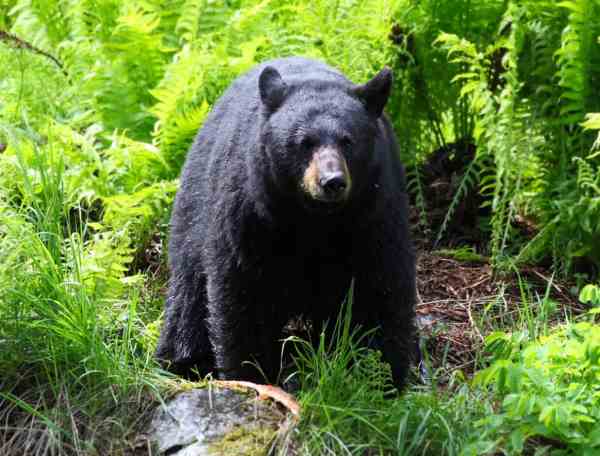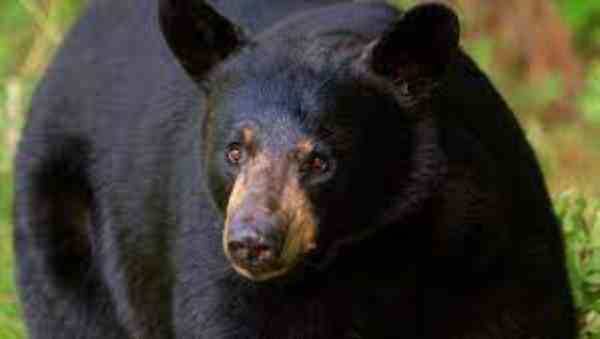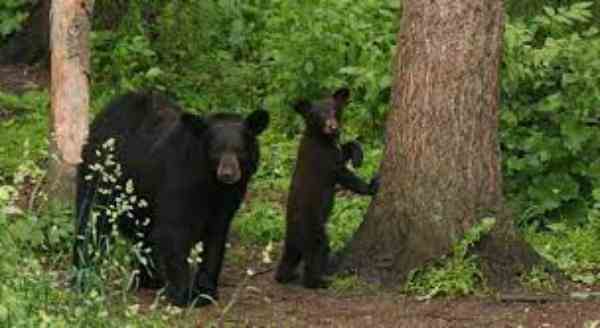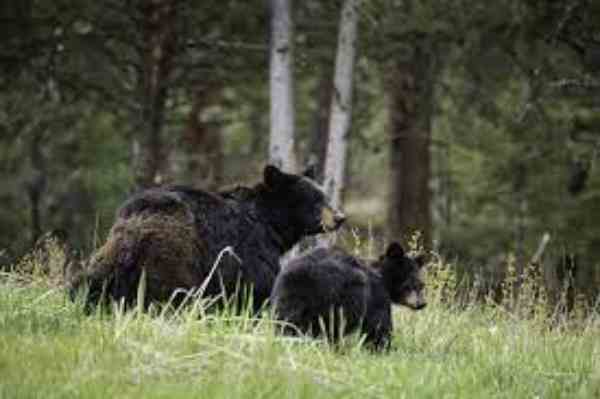Oregon is home to black bears, a type of mammal within the Ursidae family that can be found throughout North America. These animals usually inhabit forested regions and feed on available vegetation or fish during the months when these sources are plentiful. Oregon’s black bear population benefits from numerous protected areas and both state and federal laws that restrict hunting and trapping of the species.
Conservation efforts have helped to increase populations in specific areas of the state, such as the Cascade Mountain Range region where they thrive in varying terrain types. Oregon’s temperate climate also creates prime habitat conditions for many black bears to live and breed successfully, lending to its reputation as one of the best places in the United States to observe this species in the wild.

Table of Contents
Are there Black bears in Oregon?
Oregon is the perfect place to catch a glimpse of the majestic Black bear. Found in the coastal areas and on either side of the Cascade Mountains, Black bears have taken root in Oregon forests since time immemorial. From spring cubs foraging with their mothers to solitary, winter-sleeping giants, these animals make for an incredible sight in their natural habitat. Interestingly enough, urban areas such as Portland host a growing population of Black bears seeking food from suburban gardens and curbside trash.
Where are Black bears located in Oregon?
Bears live throughout much of Oregon, occupying locations in the Cascade Mountains, Willamette Valley, Wallowa Valley, and along the coast. The densest population is typically found east of the Cascades. Bears will often wander away from these primary habitats in search of food sources which can sometimes take them well outside their typical range. They have also been known to venture into populated areas along the coast as well as cities such as Eugene and Medford.
Habitat
Black Bears are the most commonly seen large mammal in the state of Oregon and can be found in both forests and coastal regions. With their trademark black fur, these mammals can be found primarily in coniferous forests, taking shelter among Douglas fir, western hemlock, grand fir, and other trees. However, some have also been spotted along beaches and coastal grasslands.
Diet
They are opportunistic feeders and eat fruits, nuts, insects, honey and anything else that will provide them with sustenance. In the summer months, they prefer to consume plant foods such as berries or other sweet material whilst, during the winter, they tend to dine on carrion and small prey such as rodents or deer.

Colour
Black bears In Oregon can be identified by their glossy coats of fur which range from deep black to varying shades of brown. Interestingly enough, in Oregon’s Cascade Mountains region the colouration varies, with dark “glacier” bears inhabiting the highest elevations and lighter brown-coloured bears dwelling at lower altitudes.
Size, Lifespan and Weight
The average black bear will weigh between 150 to 600 pounds, or even more in some cases. In terms of length, an adult black bear can have a total standing size of 3 to 7 feet. Furthermore, black bears are long-lived species with a lifespan of approximately 15 – 25 years when living in the wild, and up to 30 years when in captivity.
Predators
Bears in Oregon have the occasional run-in with some of their more vicious predators, such as coyotes, bobcats and mountain lions. Fortunately for the bears, they are generally much larger than their predators and can often repel the attack. Still, if the predator sees an opportunity like a bear cub being left alone for even just a few minutes it might rush in to feed or carry away the smaller animal.
This is something all bear families should keep in mind when venturing into Oregon’s forests and mountain ranges; while they may never see any of these predators on their travels, they must still be aware that they could be nearby lurking in shadows or behind tall grasses.

Reproduction
Black bears are equipped with sophisticated reproductive strategies that have allowed the species to thrive, even in the face of intense competition for resources. Their mating period starts in mid-May, although different populations have slight variations in timing. During this time, female bears will mate with multiple males and store sperm from each mating until wintertime when she enters into a state of delayed implantation.
This means that although her body can hold onto multiple sets of sperm at once, it won’t begin the process of producing cubs until later on in the year. A few months after entering hibernation, she’ll give birth to litters averaging two cubs (though litters can range between one and four). The mother bear will raise these cubs on her own over the winter before they venture out on their own come springtime.
How many bears are in Oregon?
There are approximately 25,000 American black bears that live in the region and are the most commonly seen species. Additionally, the state is known to have roughly 400-500 coastal brown bears along the Oregon coast, near the border with California.

Are there black bears in Oregon Coastal Region?
The Oregon coastal region is home to a number of interesting species- and black bears are no exception. These majestic creatures roam the valleys and forests of the coast and can be a sight to behold for visitors. With over thirty thousand estimated black bears in Oregon, it is likely the majority are found in this area due to its expansive woodlands and nature reserves.
When do black bears hibernate in Oregon?
In Oregon, the hibernation period for black bears typically begins during October and can last until spring. This is a natural process that helps them conserve energy and endure colder temperatures without resorting to food sources. Adult black bears will dig dens or use hollowed-out trees for shelter during this period, while cubs often stay in the natal den for their first winter hibernation.
Reference:
https://www.dfw.state.or.us/wildlife/living_with/black_bears.asp
https://oregonwild.org/wildlife/black-bear
https://www.oceanscape-aquarium.org/grizzly-bears-on-the-oregon-coast.html
A motivated philosophy graduate and student of wildlife conservation with a deep interest in human-wildlife relationships, including wildlife communication, environmental education, and conservation anthropology. Offers strong interpersonal, research, writing, and creativity skills.










